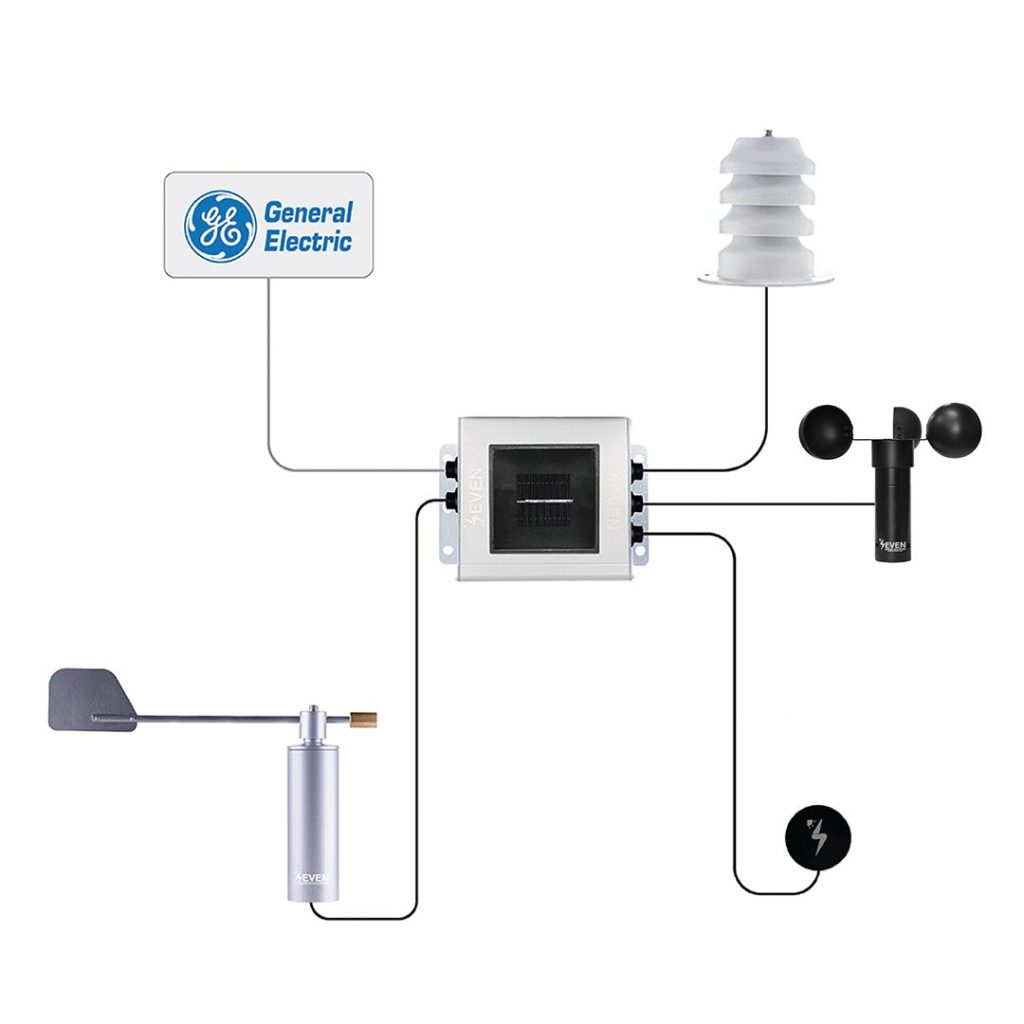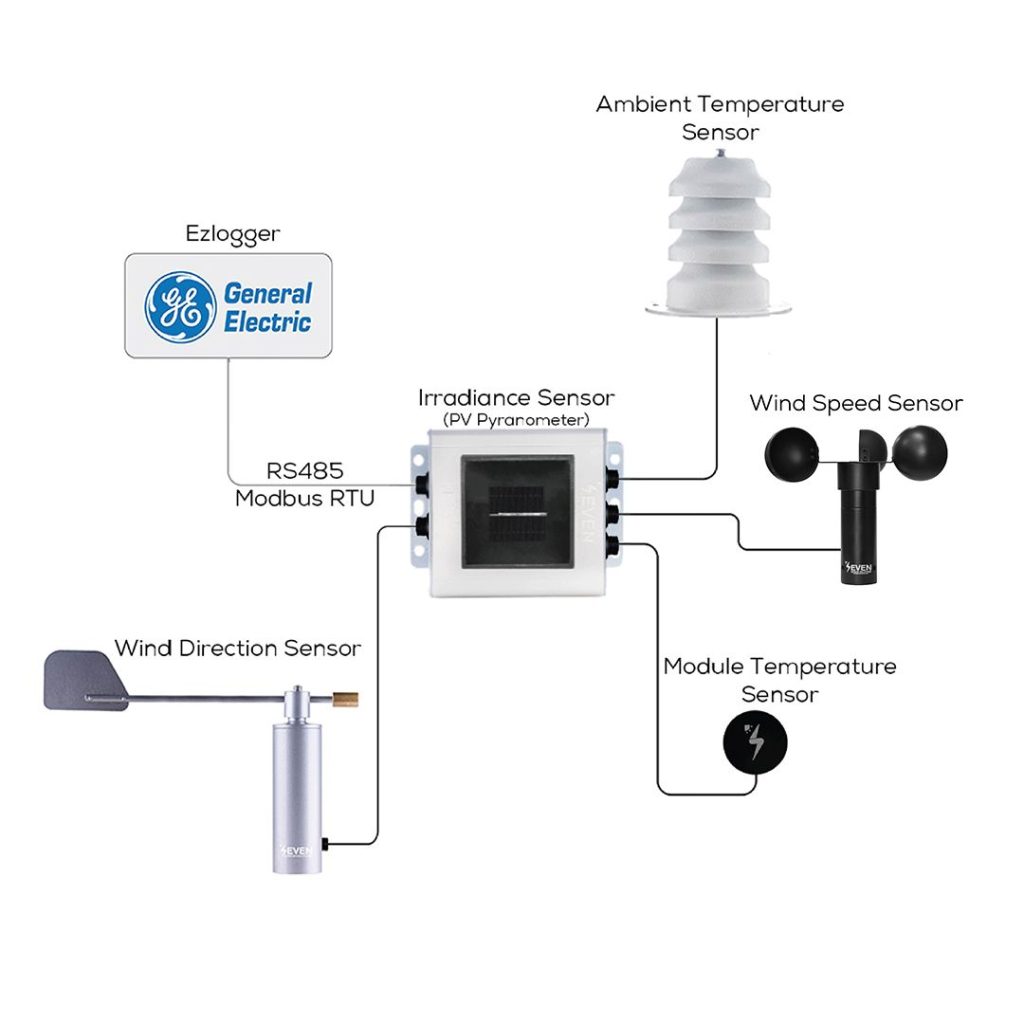Your cart is currently empty!
General Electric Weather Station
SEVEN provides a full set of Weather Station for Solar PV Plants, using General Electric (GE) inverters. Intelligent GE solar inverter integrates the finest technological components to create future-ready PV inverters, solar panels and energy storage solutions. SEVEN Weather Station is connected to GE inverters through the Ezlogger, in order to provide the needed data to monitor the PV plant’s performance.
The required sensors in your weather station
| Product Photo | Sensor |
|---|---|
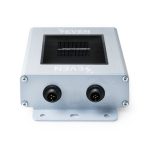
|
|
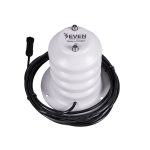
|
|

|
|
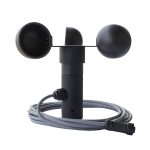
|
|
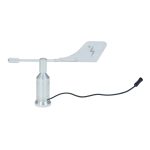
|
|
Weather Monitoring Station of General Electric
SEVEN Sensor Solutions produces a multitude of sensors that record and provide physical measurements and meteorological parameters related to climatic variations. The most requested sensors by customers are the following:
PV pyranometer, with a Modbus RTU output, which is an advanced, weatherproof junction box made of UV-resistant materials. This sensor is constructed from a monocrystalline solar cell connected to a high-precision shunt. The irradiance sensor contains up to five input ports, so that it can be connected to additional sensors, and an output port connected to the EZlogger via an RS485 cable. Note that it also contains an internal cell temperature sensor.
Ambient temperature Sensor is very important to see how production is affected by temperature. This sensor is mounted inside a solar radiation shield which has four aspirated plates that allow air to pass freely. The shield has the ability to protect the ambient temperature sensor from radiation and other sources of radiant heat.
Module temperature sensor, is the most recommended sensor after the irradiance sensor as it provides the back of module temperature value which is used in the calculation of the Performance Ratio of the PV Plant.
Wind speed sensor, also known as an anemometer, is used to measure wind speed in solar power plants, and to provide the data to the EZlogger.
Wind Direction Sensor is used for monitoring the direction of the wind and providing the data obtained to the Datalogger.
